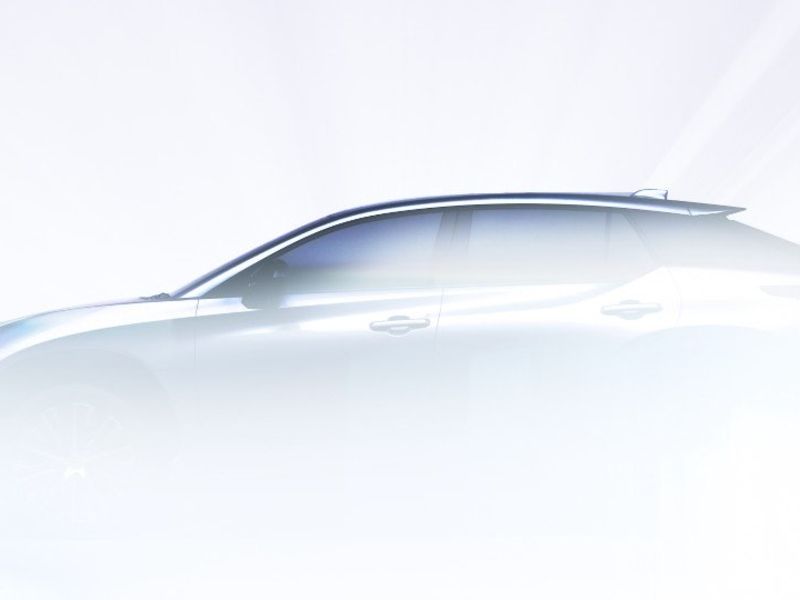
The first Lexus full-electric vehicle on Toyota’s e-TNGA platform will be the RZ — a low-slung crossover.
The RZ will use four-wheel-drive technology to “deliver an engaging and rewarding on-road driving experience, establishing a new reference in the segment,” Lexus Europe head Spiros Fotinos said.
One of the few technical details Lexus released about the RZ was the car’s all-wheel-drive system, which is called “Direct4.” The system controls the electric motor on each axle to switch between front-, rear-wheel drive or all-wheel drive “in a blink of an eye,” Fotinos said.
The system will deliver “incredible cornering and road holding performance” he added.
The RZ will also have the steer-by-wire system already shown in the upcoming Toyota bZ4X full-electric crossover, which also uses the e-TNGA platform.
The steer-by-wire system will allow Lexus to use a similar ‘yoke’ style steering wheel as the bZ4X that can switch ratios to give sensitive steering at high speed and fewer turns during low-speed maneuvers.
“The benefit is that the steering wheel does not have to be round anymore, and is not simply as a gimmick,” Fotinos said in an apparent nod to Tesla, which has fitted a yoke wheel in the new Model S without variable ratio steering.
The different shape of the steering wheel will give drivers a clearer sight of instruments. “This will allow us to go even further in our Tazuna cockpit design philosophy, grouping all commands in the line of sight of the driver to increase safety and convenience,” Fotinos said during a media event in Brussels on Tuesday.
The RZ sits lower than a traditional crossover while retaining a crossover shape and packaging, Fotinos told Automotive News Europe.
For battery-electric cars “the aerodynamics’ requirements are more important than for a more conventional product. That is what is driving the sleekness of the shape,” he said. “But certainly, the packaging is in (crossover) territory.”
In Europe, such a vehicle is typically referred to as an SUV, but in the U.S. it is classified as a crossover.
Full-electric cars typically weigh more than combustion engine cars because of their heavy battery packs so an aerodynamic shape helps to reduce drag and increases the driving range.
Elements of RZ’s styling and technology were previewed by the LF-Z concept shown in March, which also used a yoke steering wheel.
The LF-Z concept had “exaggerated” elements of the RZ, Fotinos said.
The concept was said to use a 90-kilowatt-hour lithium ion battery pack for a range of 596 km (370 miles) under the WLTP test cycle used in Europe.
Fotinos gave no details about the RZ’s battery size or range, but the car could use the same 71.4 kWh lithium ion pack as the bZ4X, which gives a WLTP range of 500 km.
The RZ will go on sale in Europe and Japan by the of next year. U.S sales will come later but Lexus executives did not give a timeline.
Lexus currently sells only one full-electric car — the UX 300, a battery-powered version of the UX compact SUV that went on sale last year. Its electrified offerings also include a plug-in hybrid version of the NX mid-size SUV.
The RZ will be “incremental” rather than replacing anything in the Lexus range, a spokesperson for the brand said.